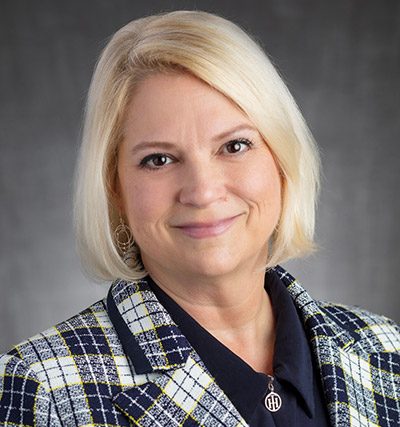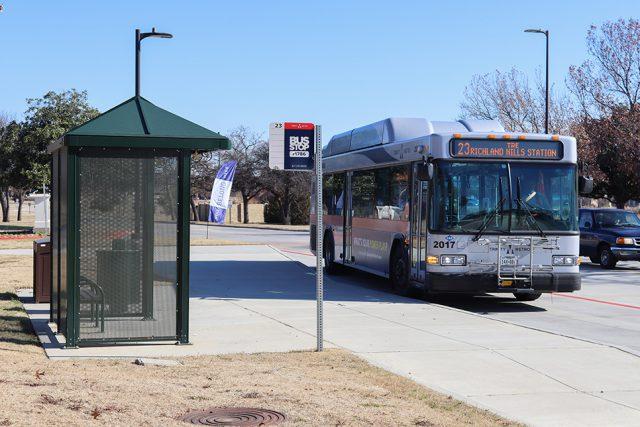
Meghan Schilling
campus editor
meghan.schilling@my.tccd.edu
The opioid epidemic didn’t garner traction until 1999 and has claimed countless lives with nearly 841,000 deaths from drug overdoses, according to the Centers for Disease Control and Prevention.
As of 2019, over 70% of people have died from drug-related overdoses involving some type of opioid. The reason this epidemic started was that in 1999, medical officials reassured Americans that pain killers were not addictive, and medical personnel started prescribing them at a higher rate.
Addictive opioids include prescription, fentanyl and heroin. It’s used to help reduce a person’s pain, but sometimes can cause them to become over-reliant on it.
Since the surge of COVID-19, many clinics are not able to help those pursuing treatment, so numbers are rising on the opioid mortality rate, according to The Commonwealth Fund.
It doesn’t help that these drugs have been shown all over TV shows, video games, music videos and movies. The hit show “Euphoria” follows around a bunch of high school students who go to crazy parties that lead them to do some type of drugs and occasionally show them using it.
This is the prime example of the media showing audiences that doing drugs is cool, and the characters are only dealt with minor consequences, opposed to the reality of the situation. I understand the show is enticing for viewers to watch since they can see a side of the teenage party scene, but usually, this is not how parties go down.
The price for treatment is also outrageous for those trying to help fight their addiction. Detox ranges from $1,000 to $1,500 and inpatient rehab can cost anywhere from $6,000 to $20,000 for a month’s worth. Those wanting a long program may have to pay anywhere from $12,000 to $60,000. However, that is just for treatment. Medication can cost up to $4,700.
Nationwide, we want to promote stopping the usage of drugs, but many people cannot get treatment because prices are astronomical. Access to treatment also depends on if the person has insurance to cover some of the cost.
People facing addiction should not have to pay big amounts of money for reaching out to get help and face their addictions. There should be more affordable treatment options for people who cannot afford high-end plans.
Even though the surge of the opioid epidemic is still rising, the CDC says it’s doing all it can to help slow down the crisis. It’s collecting data, responding to the rise in the opioid epidemic and providing care for those who are highly affected in certain areas. However, if this were the case and it was responding to the epidemic, wouldn’t numbers start to plummet?
Wouldn’t it be crucial to act faster for these cities in desperate need of help?
































